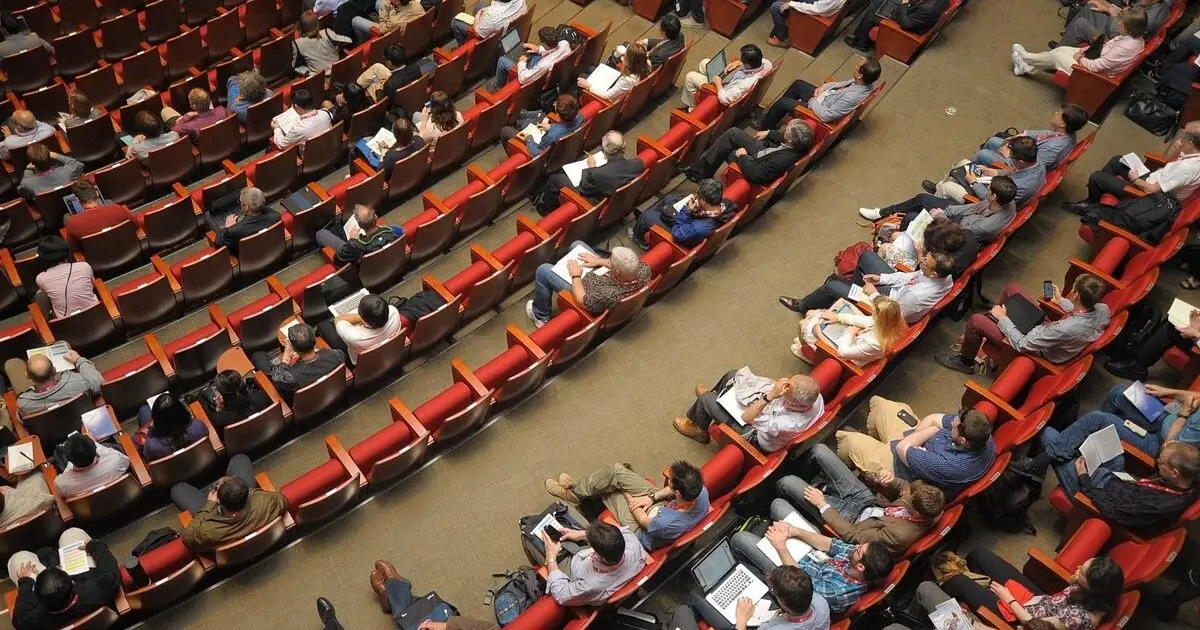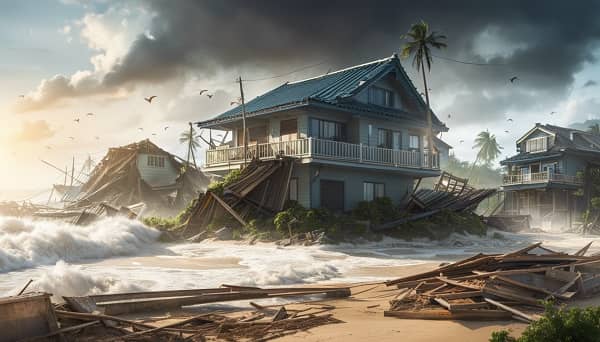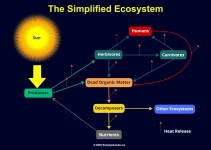
Table of Contents
What is COP29?
COP29 stands for the 29th Conference of the Parties (COPs) to the United Nations Framework Convention on Climate Change (UNFCCC). The term “COP” refers to the supreme decision-making body of the UNFCCC, made up of representatives from the 198 Parties (countries and regional organizations) that have signed the treaty.
The number “29” indicates that this is the 29th annual meeting since the first COP was held in 1995 in Berlin, Germany. These global conferences are where countries gather each year to review progress, negotiate new commitments, and advance international climate action—especially under frameworks like the Kyoto Protocol and the Paris Agreement.
COP29, short for the 29th Conference of the Parties, is one of the annual United Nations Climate Change Conference. It brings together world leaders, scientists, negotiators, and climate advocates from nearly 200 countries.
The primary aim of COP29 is to evaluate global progress on climate commitments under the Paris Agreement and to accelerate actions that reduce greenhouse gas emissions, adapt to climate change, and support sustainable development.
The COP meetings are the decision-making bodies of the UN Framework Convention on Climate Change (UNFCCC).
Why is COP29 Important?
COP29 is significant because it comes at a critical midpoint between the initial pledges of the Paris Agreement and the 2030 climate targets. As the climate crisis intensifies, the conference offers an opportunity to:
- Review progress on climate finance goals, especially the $100 billion annual commitment from developed nations to developing countries.
- Push countries to enhance their Nationally Determined Contributions (NDCs).
- Address loss and damage financing, a growing concern for climate-vulnerable nations.
- Encourage a transition toward renewable energy and climate-resilient development.

In short, COP29 determined whether global leaders are on track to limit global warming to 1.5°C—and what new measures need to be adopted to get there.
When was COP29?
COP29 was held from November 11 to 22, 2024. These two weeks featured plenary sessions, high-level meetings, technical workshops, and side events focused on climate solutions.
Where Was COP29 Held?
COP29 took place in Baku, Azerbaijan, marking the first time the country hosted a COP summit. As a nation rich in oil and gas resources but also vulnerable to the impacts of climate change, Azerbaijan held a unique position in the discussions. It played a key role in highlighting the challenge of balancing energy needs with climate commitments on the global stage.
The country’s position highlighted the global challenge of balancing energy security with urgent climate commitments, and it brought attention to the complexities faced by fossil-fuel-dependent economies transitioning toward a greener future.
Who Attended COP29?
Participants in COP29 included:
- Heads of state and government
- Ministers of environment and climate change
- Representatives from the UNFCCC and other UN bodies
- Delegates from nearly 200 countries
- Climate scientists and experts
- Civil society organizations and indigenous groups
- Youth activists
- Journalists and representatives of media outlets
A total of 54,148 participants attended COP29 in person, with an additional 2,411 joining online, bringing the total to over 56,000 attendees. This turnout confirms COP29 as the second-largest climate summit in history, underscoring the growing global urgency surrounding climate change. The evidence of climate change is there to deal with.
Despite having around 30,000 fewer participants than COP28, the strong attendance reflects how climate change remains a top priority for countries worldwide, drawing policymakers, experts, and advocates together to seek solutions for a sustainable future.
How Did COP29 Work?
The conference operates through a series of negotiation tracks, technical sessions, and high-level meetings. Key decision-making processes include:
- Negotiations on emissions reduction commitments and transparency mechanisms.
- Discussions on climate finance, including the operationalization of the Loss and Damage Fund created in COP27 and discussed further at COP28.
- Workshops on adaptation and technology transfer, helping nations build resilience and shift toward green innovation.
- Side events and pavilions that allow stakeholders to share best practices, case studies, and innovations.
A final decision document or “COP29 outcome” was negotiated and released by the end of the summit, summarizing the agreed-upon actions.
The result of the discussions led to the agreement as follows:
- Triple finance to developing countries, from the previous goal of USD 100 billion annually, to USD 300 billion annually by 2035.
- Secure efforts of all actors to work together to scale up finance to developing countries, from public and private sources, to the amount of USD 1.3 trillion per year by 2035.
Conclusion
Climate change is an urgent concern—whether we like it or not. We are experiencing its effects both locally and globally, from shifting seasons to widespread environmental and societal impacts.
Because it threatens the very survival of human life, climate change has rightfully become a top priority in global discussions and action. Mitigating its effects is essential to ensuring a livable planet for current and future generations.
COP29 is not just be a diplomatic event—it’s a test of global political will to act decisively on climate. As scientific warnings grow more urgent and climate impacts become more visible, the outcomes of COP29 will influence policy, investments, and lives for decades to come.



